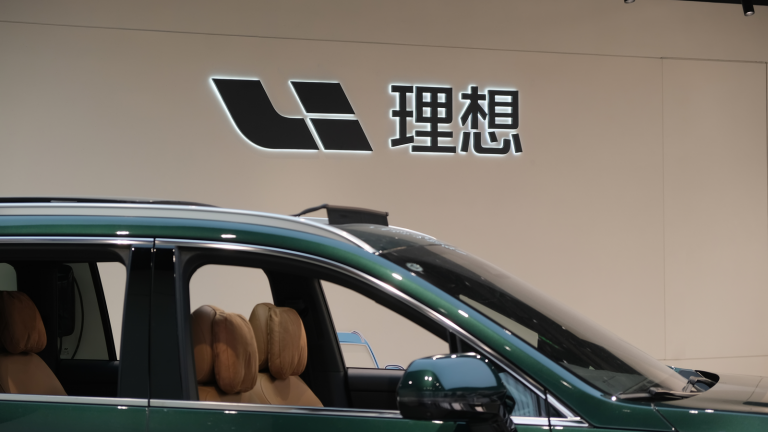Li Auto (NASDAQ:LI) stock just got a little more complicated. It has won a reputation in China as its best producer of luxury electric vehicles, but its latest model is a hybrid.
The company announced the Li 7, a five-seat SUV, February. Li delivered over 10,000 Li 7s in its first month of production. Its first all-electric cars are still two years away.
Li’s strategy, and success, offers a roadmap to the trade-offs all designers are making in the transition from gas to electricity.
| LI | Li Auto | $31.78 |
A Closer Look at Li Stock
Like Li’s other cars, the Li 7 is an “Extended Range Electric Vehicle,” or EREV. That means it has an engine. But the engine’s first purpose is to power a battery, which drives the motors. You can plug it in.
Contrast this to my Toyota (NYSE:TM) Corolla Hybrid, which I bought a year ago. After 17,000 miles I’m still getting 53 miles per gallon, nearly double the mileage of my old Scion. But the Corolla is a gas-first car. You can’t plug it in.
The idea behind both my Corolla and the Li 7 is the same. That is to balance range, weight, and passenger comfort. The Li 7 delivers more of all three, but at double the price of my Corolla, about $46,000 to start.
You can plug in the Li 7 to get the battery from 30% to 80% charge in 8 hours. The car weighs almost three tons but the battery and engine combine for a range of 682 miles.
The Li 7 is designed by Chinese designer Gloria Ge and German designer Benjamin Baum. He joined Li from Porsche in late 2021. Baum previously worked on the Porsche 922.
A Fine Balance
CATL dominates in electric car batteries, with over one-third of the global market. Li’s press release on the Li 7 makes a point of mentioning two other battery makers, Sunwoda and SVOLT. Both companies have dedicated production lines to Li Auto’s self-developed battery packs.
Just as Li must balance between gas and electricity, it must also balance between dependence and independence in its supply chain.
CEO Xiang Li notes that if an electric car could be sold without batteries it would cost less than a gas-powered one. Battery swaps are thus an option, if the sizes are standardized.
Li is also balanced between finance and operations. Last year it tripled production with an operating loss but made enough money off its money to post a profit.
This profit drove investor confidence that let Li announce 11 new models through 2025, including five powered just by batteries. Its focus is on gaining market share in cars costing between $42,000 to $70,000, affordable by the upper middle class.
I have a prejudice for buying the jockey rather than the horse. You have a better chance of success with a great founder than a mere scaled operator. Xiang Li’s ability to work the balance between price and features, gas engines and electric, and between investors and affordability, makes him the closest thing China has to an Elon Musk.
The Bottom Line
I’m not in Li Auto’s market. My Corolla cost me a total of $32,500, including taxes and fees.
But Toyota is striking the same balance as Li. Mass market electrics are a destination. The journey begins by balancing the limits of batteries and the capabilities of gas. That’s the essence of success in cars today.
Li stock is now worth about $31 billion with 2022 revenue of about $6.3 billion. Toyota is worth about $198 billion with 2022 revenue of about $255 billion. Toyota also has an operating profit, albeit less than 1% of sales.
In seeking an alternative to Tesla (NASDAQ:TSLA), Li and Toyota are walking down the same path. Li is a better jockey, but don’t count out the Toyota horse.
At the time of publication, Dana Blankenhorn owned no shares, directly or indirectly, in any company mentioned in this article.

